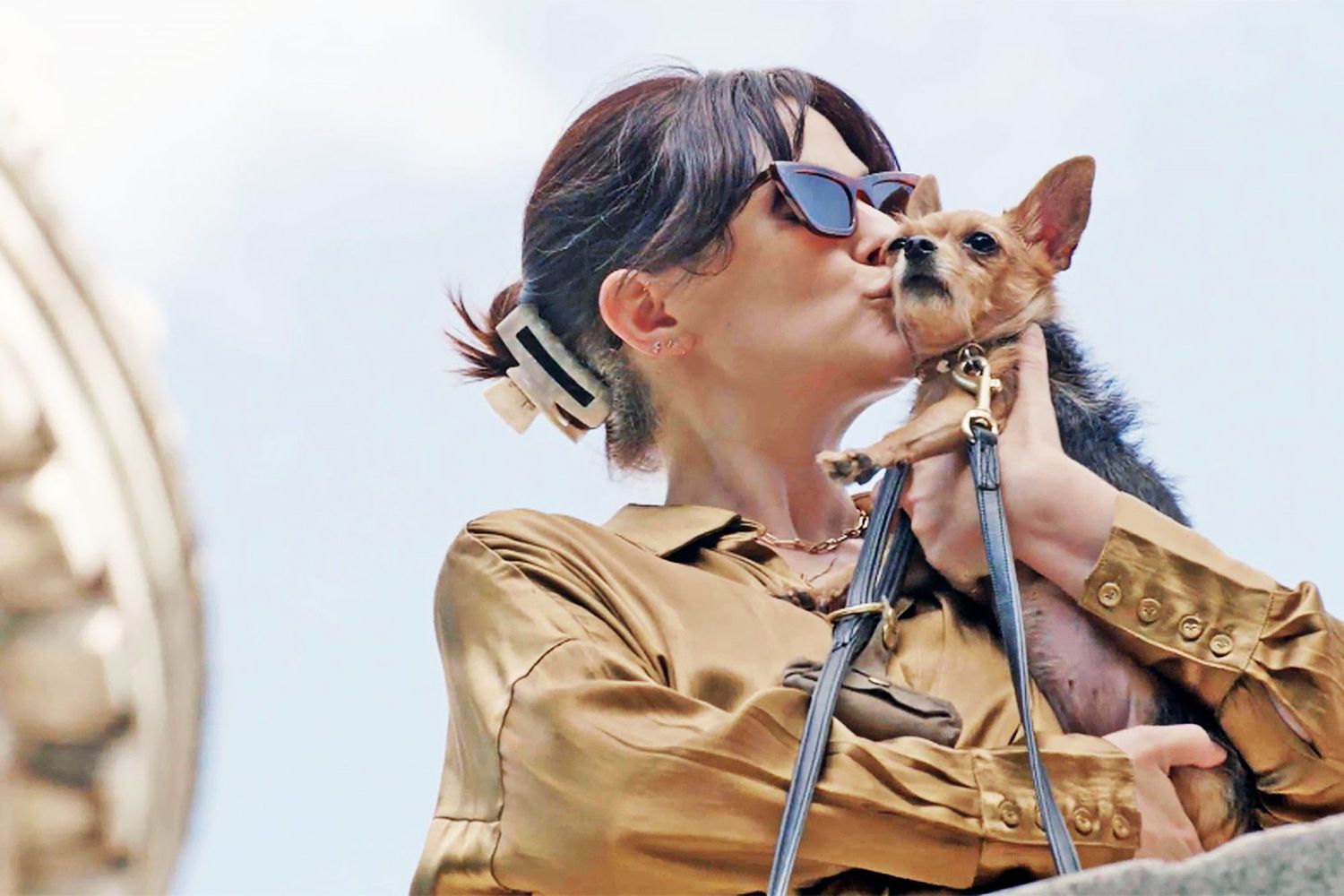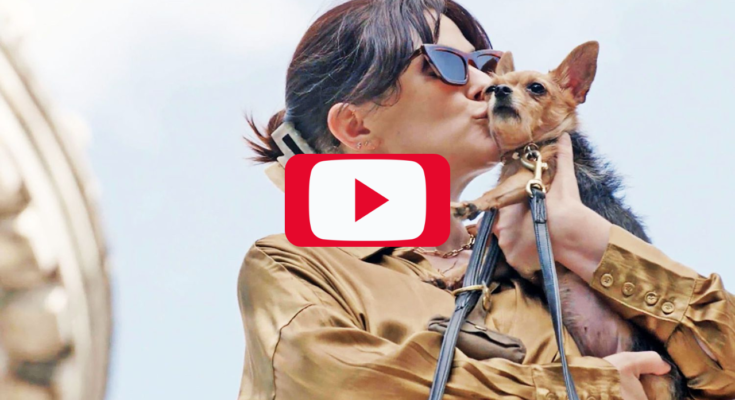Dog mom Haley Bond of Manhattan, N.Y., considers herself lucky to have adopted and loved Rio, her itty bitty Chorkie, since she was just an eight-week-old pup. She describes Rio, now 7, as a “kind little soul” who’s incredibly sweet and affectionate. But there’s much more to Rio than meets the eye.
“People can’t tell that she’s blind at all. She doesn’t look like she’s blind,” Bond tells Daily Paws. “Until she bumps into something, you can’t tell.”

When Rio was four years old, Bond describes how she noticed a puzzling change in her pooch overnight.
“It was shocking to both of us. At first, I wasn’t able to tell what exactly the problem was,” she says. “She wasn’t getting out of bed. She still had an appetite. Her movements seemed kind of normal—just very slow—but she really wouldn’t get up.”
After a day of this behavior, Bond took her beloved canine companion to the veterinarian. Following a few preliminary tests, the vet dropped a cotton ball in front of Rio’s face, to which she didn’t react. “The vet and I both were like, ‘Oh, wait. She didn’t see that,'” Bond says.
Bond spoke with a specialist, and it was confirmed Rio had gone blind. An infection on her optic nerve created scar tissue and severed the connection between her eyes and her brain.
“Her brain is fine. Her eyes are fine. They just don’t talk to each other anymore,” Bond explains.
6 Strategies to Help You Properly Care for a Blind or Visually Impaired Dog
Following the confirmation of Rio’s vision loss, Bond was worried her sweet girl wouldn’t be able to emotionally recover. However, Rio proved to be a small but oh-so-mighty pup.
“That was not something I needed to worry about,” Bond says. “She recovered very fast. Once she realized that [her sight] wasn’t coming back, she just adjusted and moved on. It was really impressive.”
One of the biggest adjustments Bond and Rio have had to make in this new phase of their lives together is walking on the street with other dogs. She walks at a slower pace and can only smell other dogs or hear their collars approaching.
“A lot of times, she’ll want to interact with the dog, but the dog will have passed by the time she gets the scent, and she misses out on the opportunity of sniffing a butt,” Bond says.
The pair also had to learn how to communicate again. Rio’s initial training with Rio was entirely based on visual hand signals, and now she’s switched solely to audio cues. Bond learned of resources for disabled pets online, including tips and tricks from other pet parents of blind dogs.
Meet Piglet the Deaf, Blind, and Very Pink Pup Inspiring Us All With Kindness and Acceptance
A helpful tip Bond learned was to use pet-safe essential oils on areas of the home that never move (e.g. door frames). “Your dog can always associate that smell with a certain location in your home, and she can get around and learn a space that way,” Bond says.
Training tools like bells and clickers were also useful in retraining Rio. Additionally, sound signals like tapping on the side of her bowl when it’s time to eat and verbal cues to watch out for curbs while out on walks.
“Rio’s adjustment to blindness was amazing. It taught me a lot about moving on in your life when life sends you hardships. She adapted incredibly quickly,” Bond says. “Rio has improved my life because I have the best company at all times. I walk in the door, and there’s a cheerful little girl waiting for me.”



